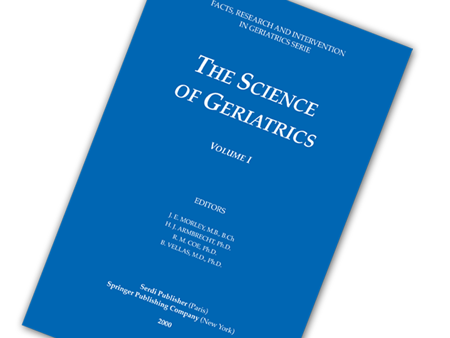Due to differences in the definition of frailty, many different screening instruments have been developed. However, the predictive validity of these instruments among community-dwelling older people remains uncertain. Objective: To investigate whether combined (i.e. sequential or parallel) use of available frailty instruments improves the predictive power of dependency in (instrumental) activities of daily living ((I)ADL), mortality and hospitalization. Design, setting and participants: A prospective cohort study with two-year follow-up was conducted among pre-frail and frail community-dwelling older people in the Netherlands. Measurements: Four combinations of two highly specific frailty instruments (Frailty Phenotype, Frailty Index) and two highly sensitive instruments (Tilburg Frailty Indicator, Groningen Frailty Indicator) were investigated. We calculated sensitivity, specificity, positive predictive value (PPV), and negative predictive value (NPV) for all single instruments as well as for the four combinations, sequential and parallel. Results: 2,420 individuals participated (mean age 76.3 ± 6.6 years, 60.5% female) in our study. Sequential use increased the levels of specificity, as expected, whereas the PPV hardly increased. Parallel use increased the levels of sensitivity, although the NPV hardly increased. Conclusions: Applying two frailty instruments sequential or parallel might not be a solution for achieving better predictions of frailty in community-dwelling older people. Our results show that the combination of different screening instruments does not improve predictive validity. However, as this is one of the first studies to investigate the combined use of screening instruments, we recommend further exploration of other combinations of instruments among other study populations.
(1) L.P.M. Op het Veld, E. van Rossum, G.I.J.M. Kempen, A.J.H.M. Beurskens, K.J. Hajema, H.C.W. de Vet J Frailty Aging 2019;8(4)180-185



